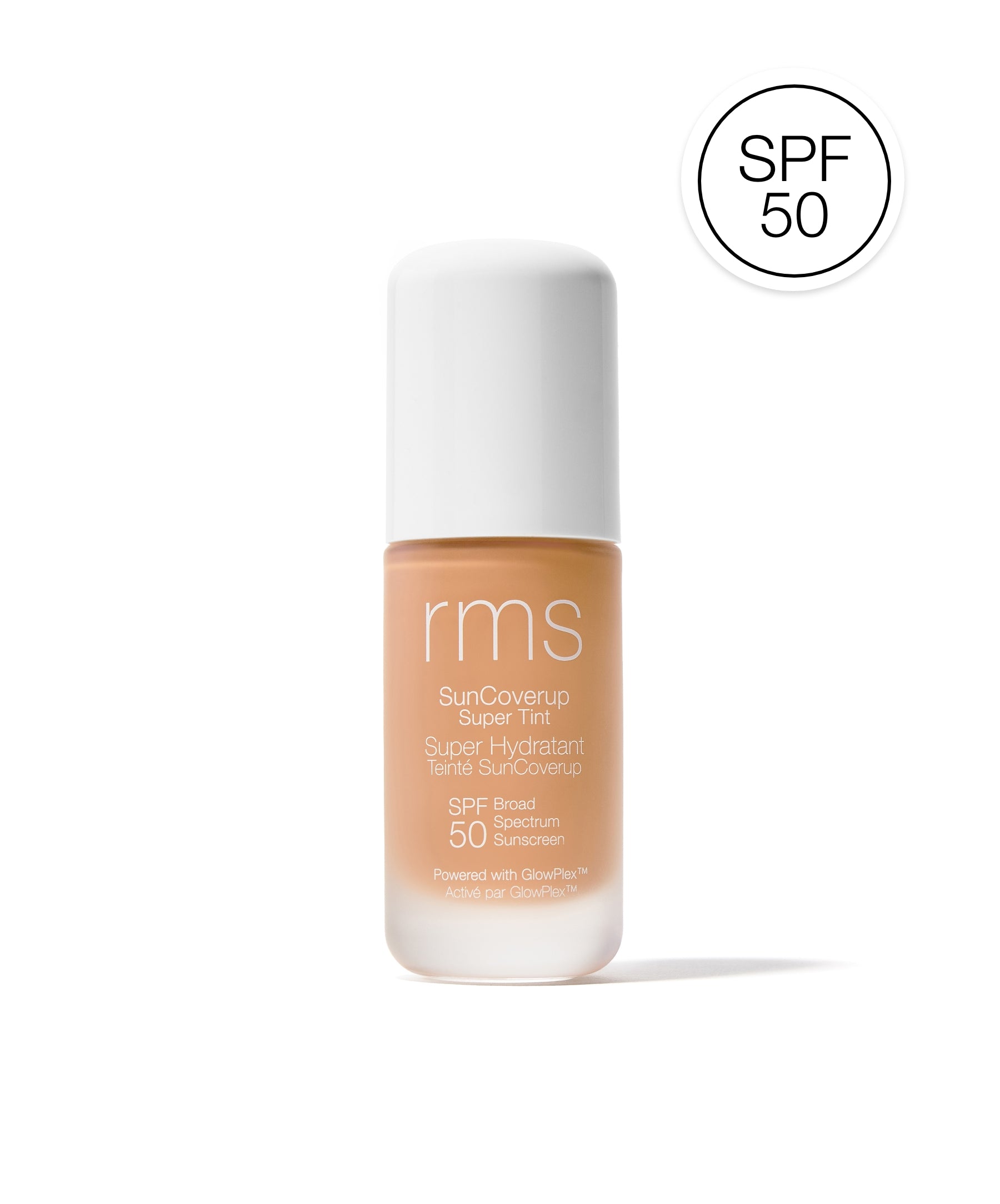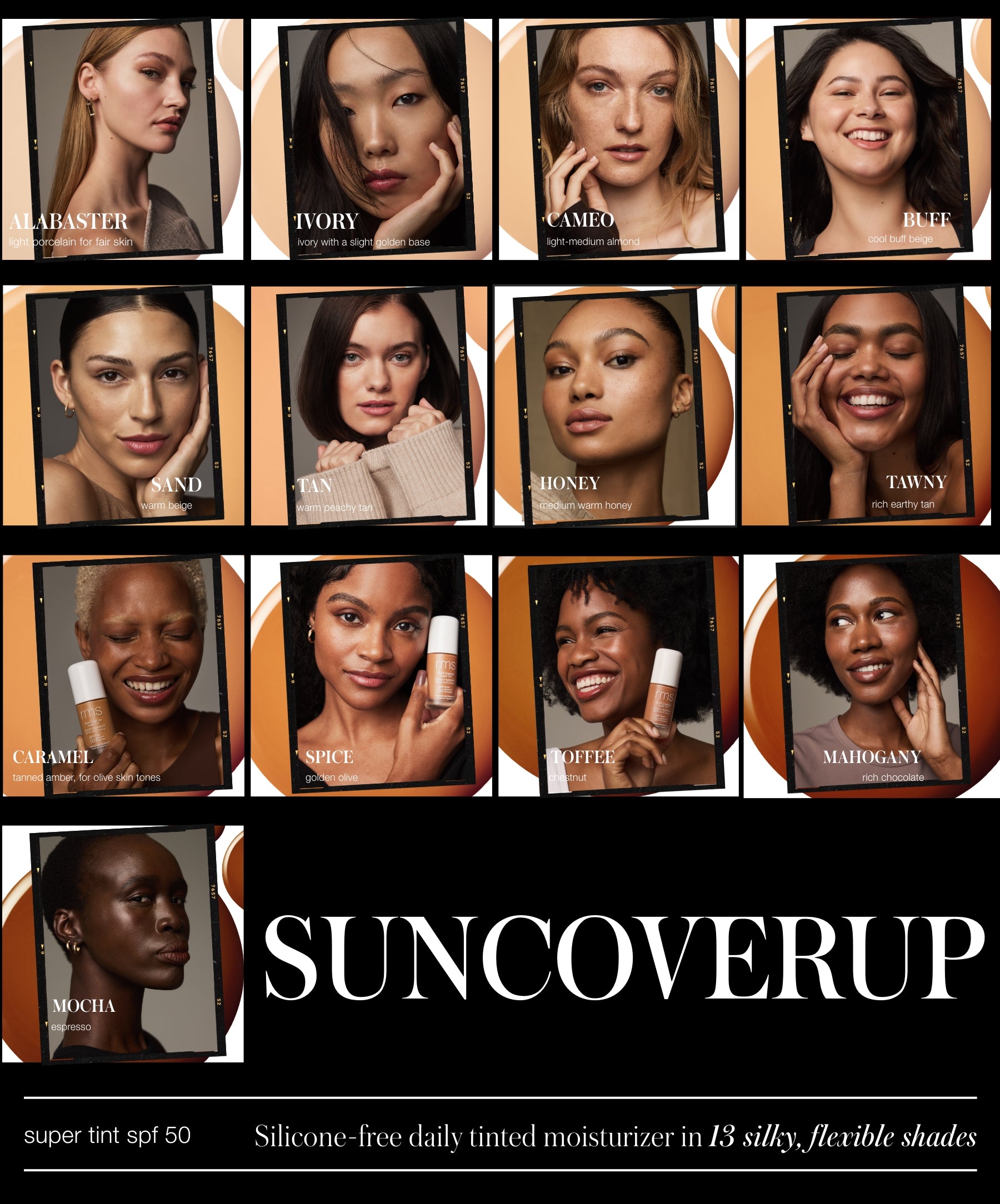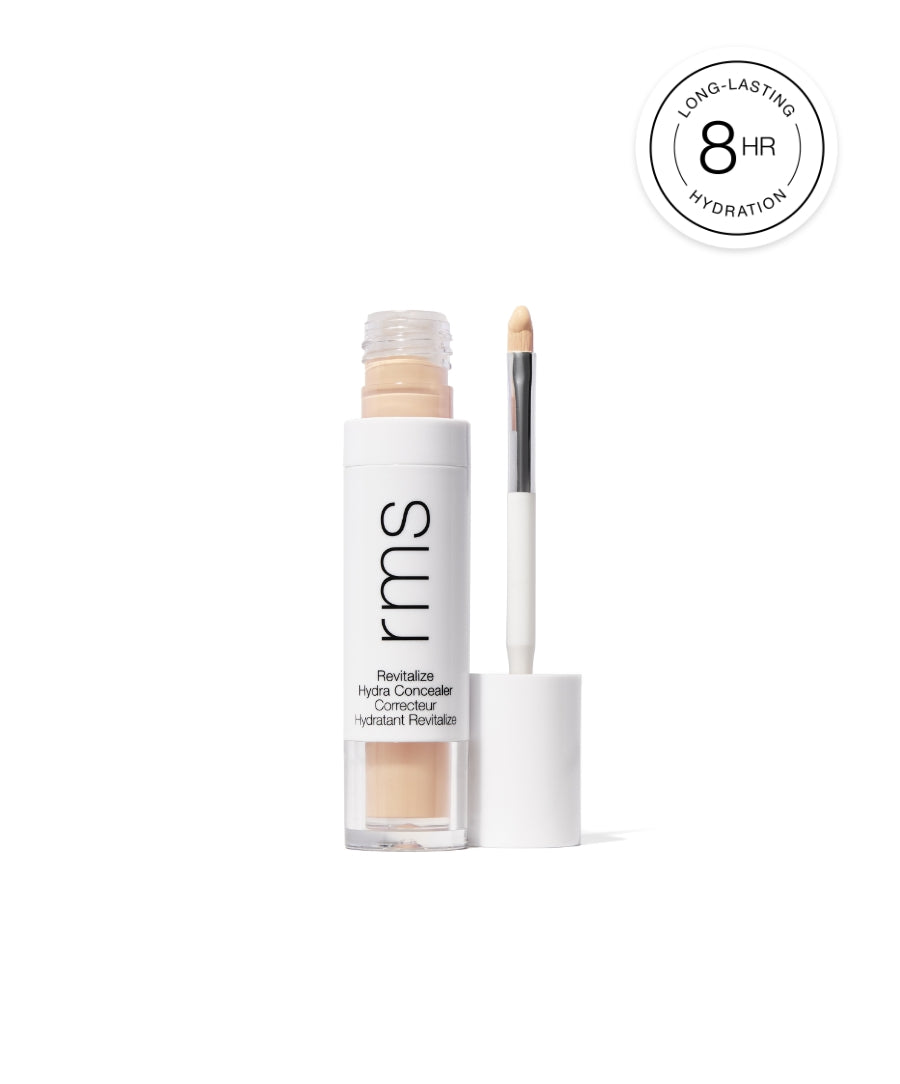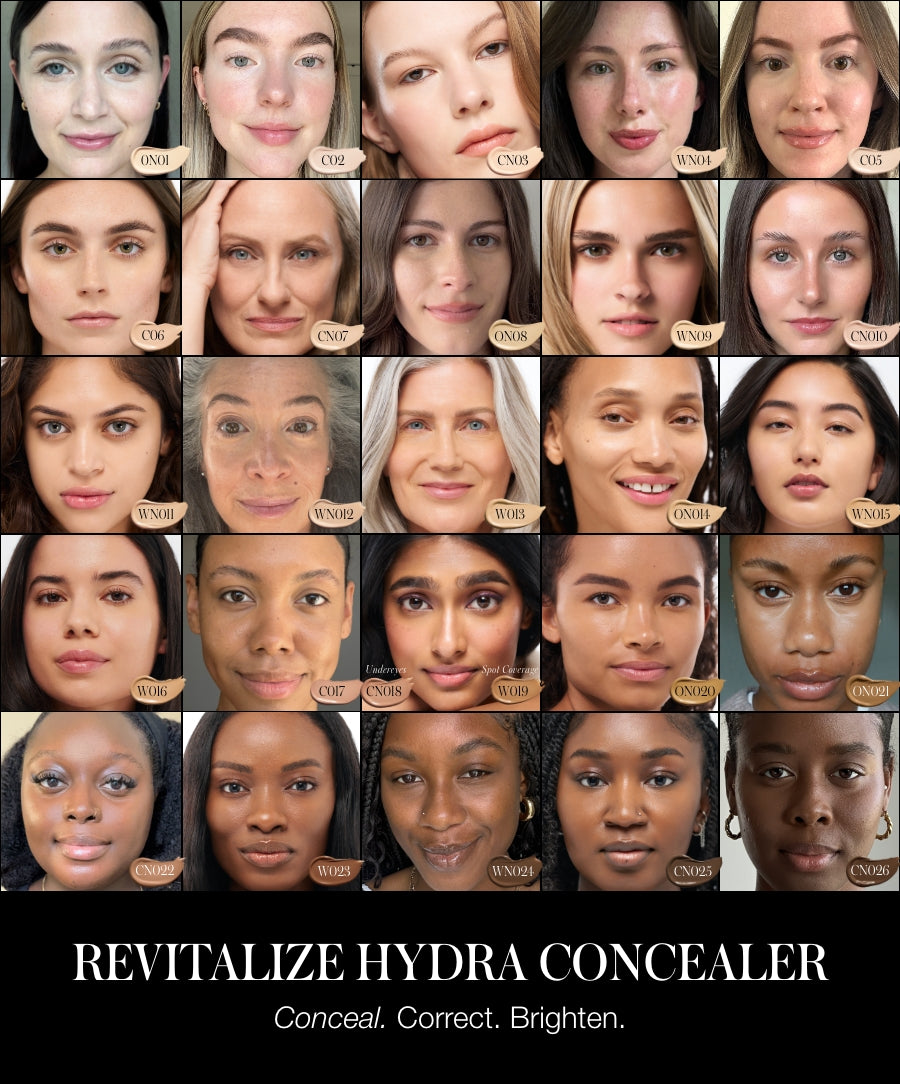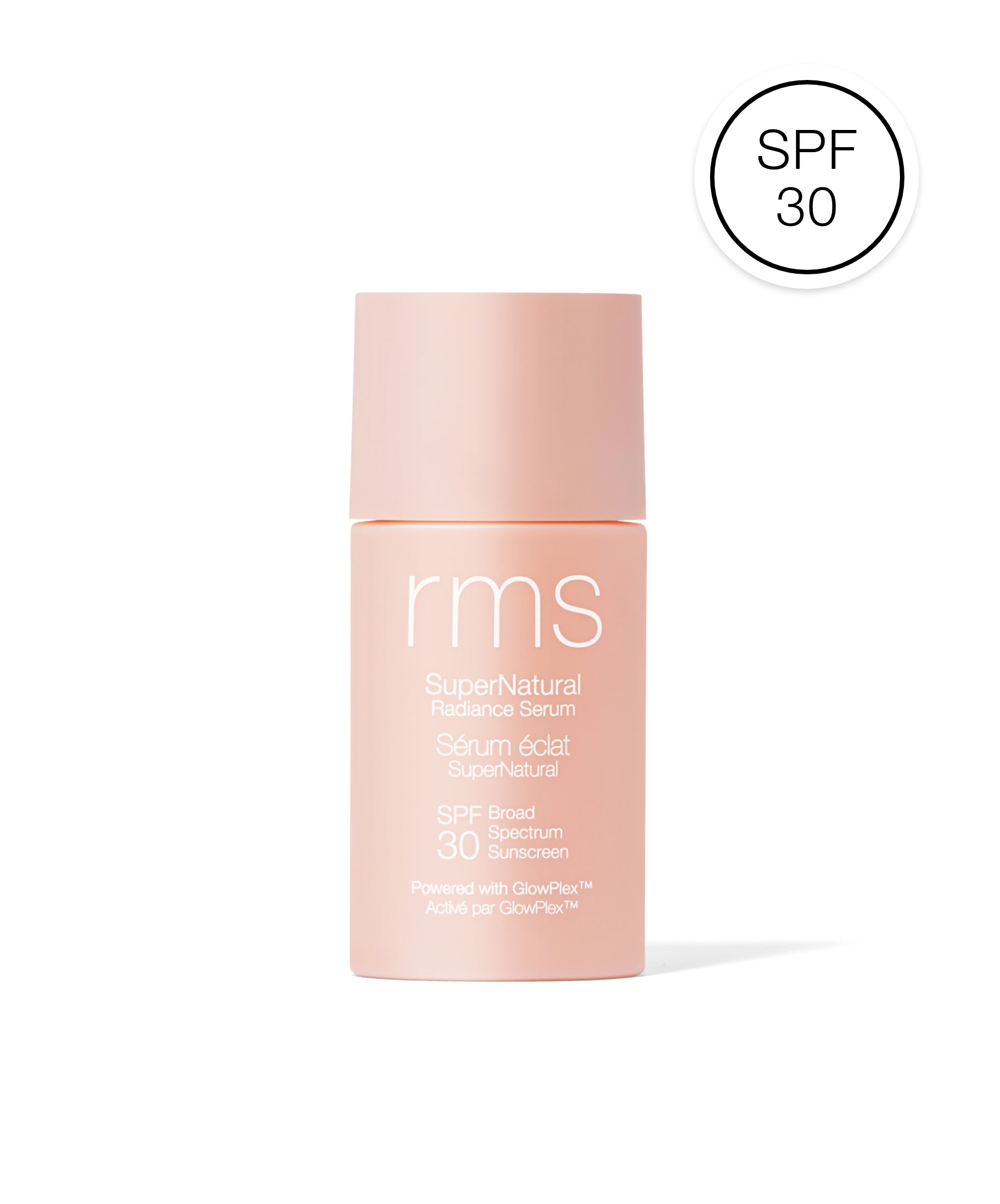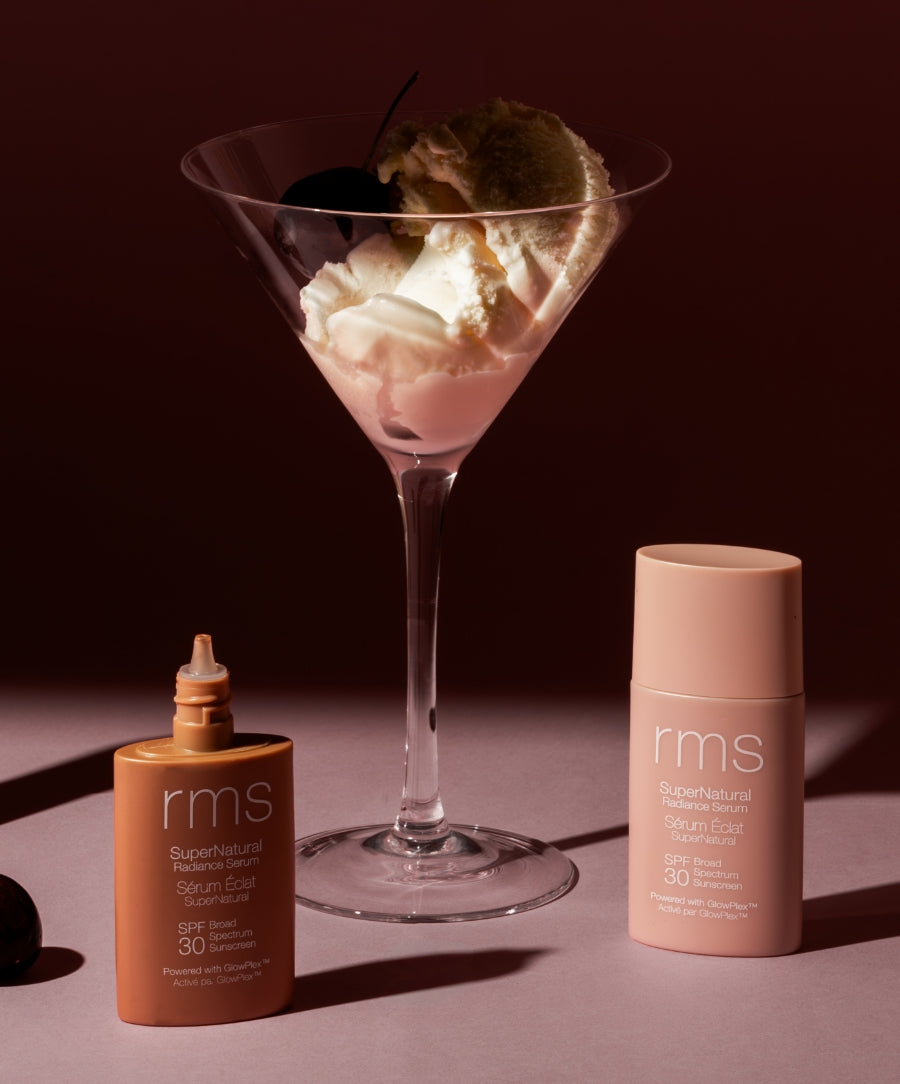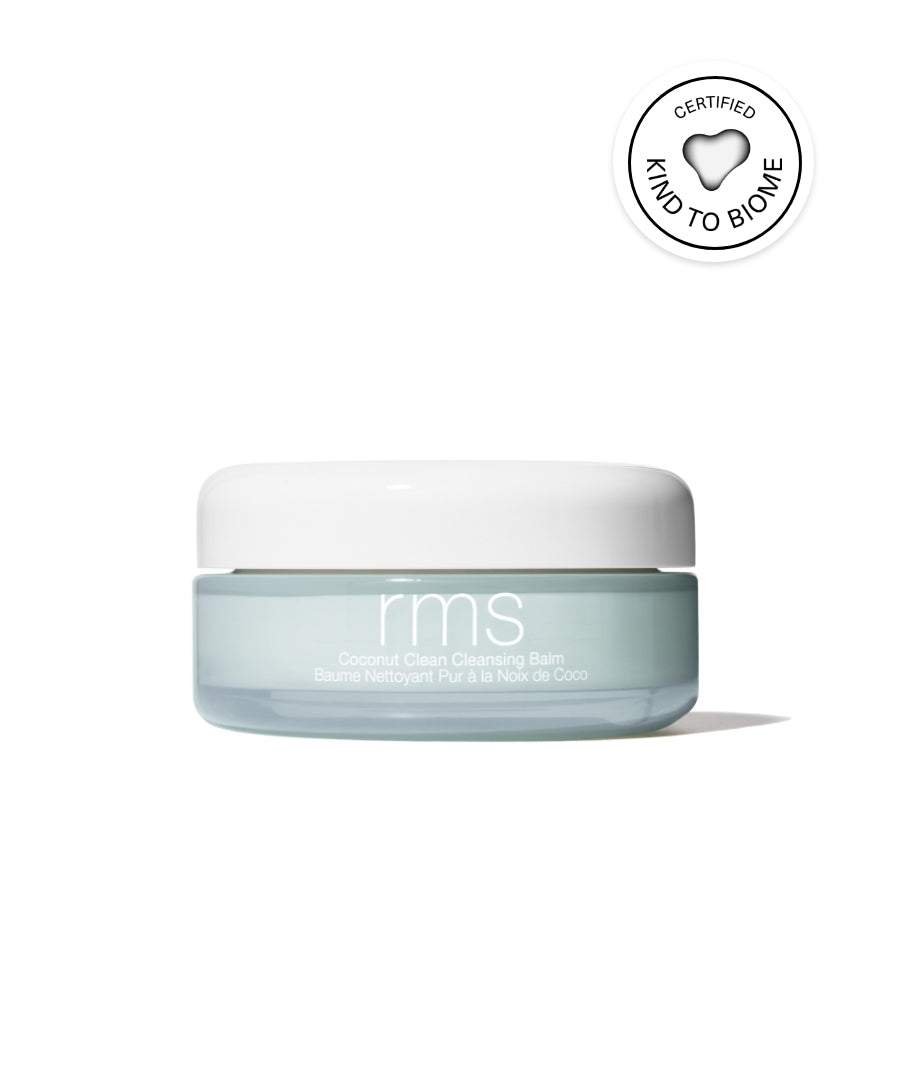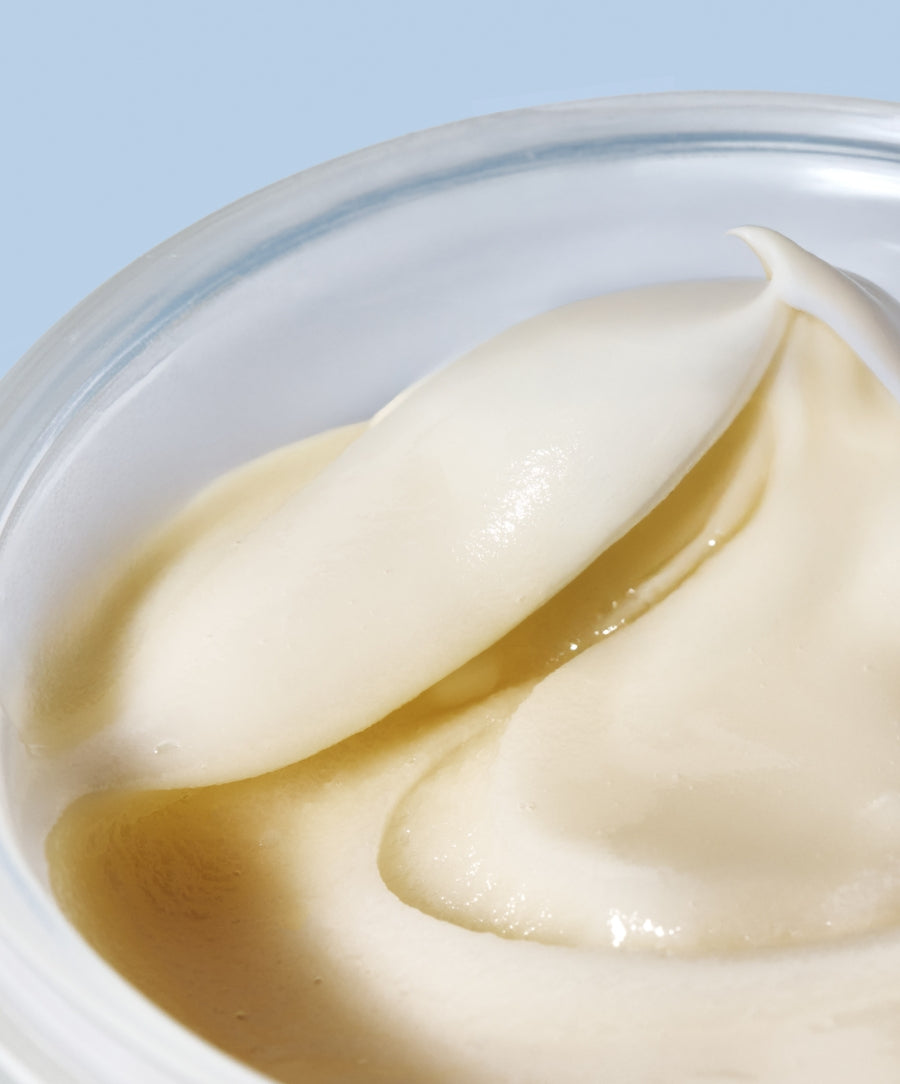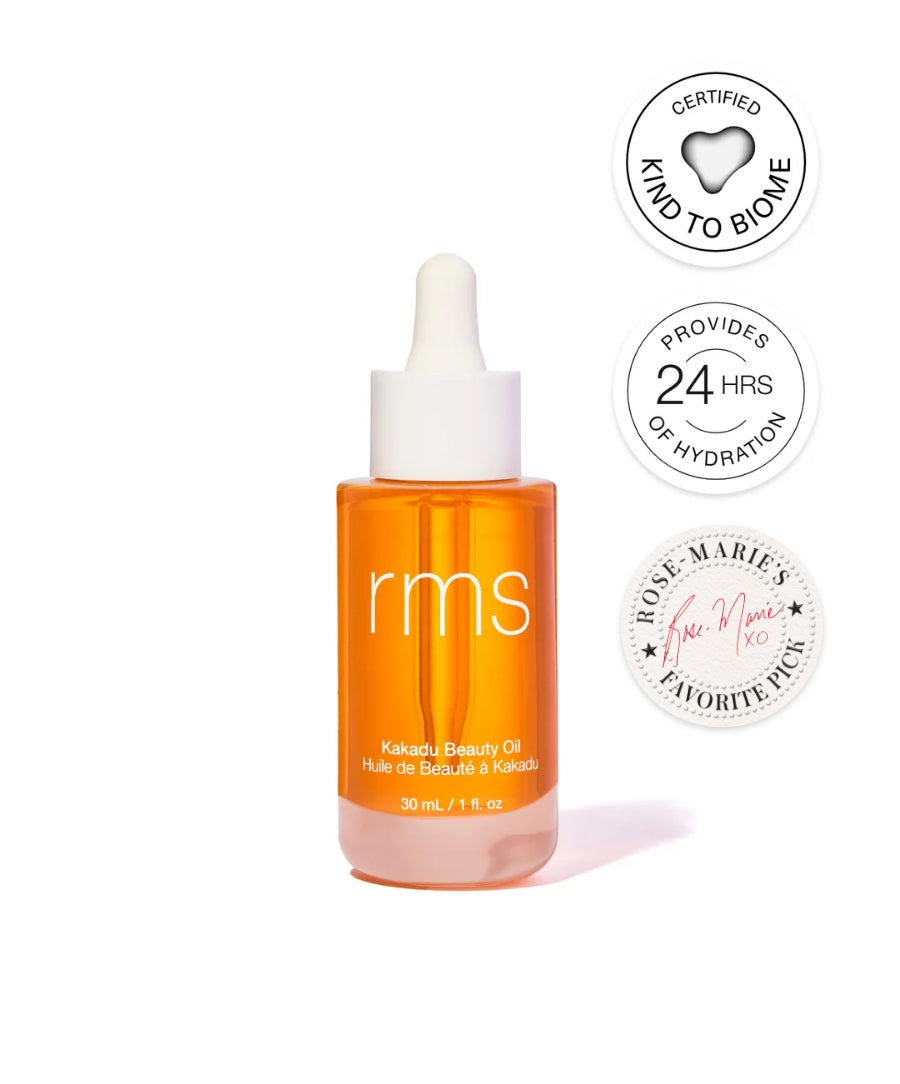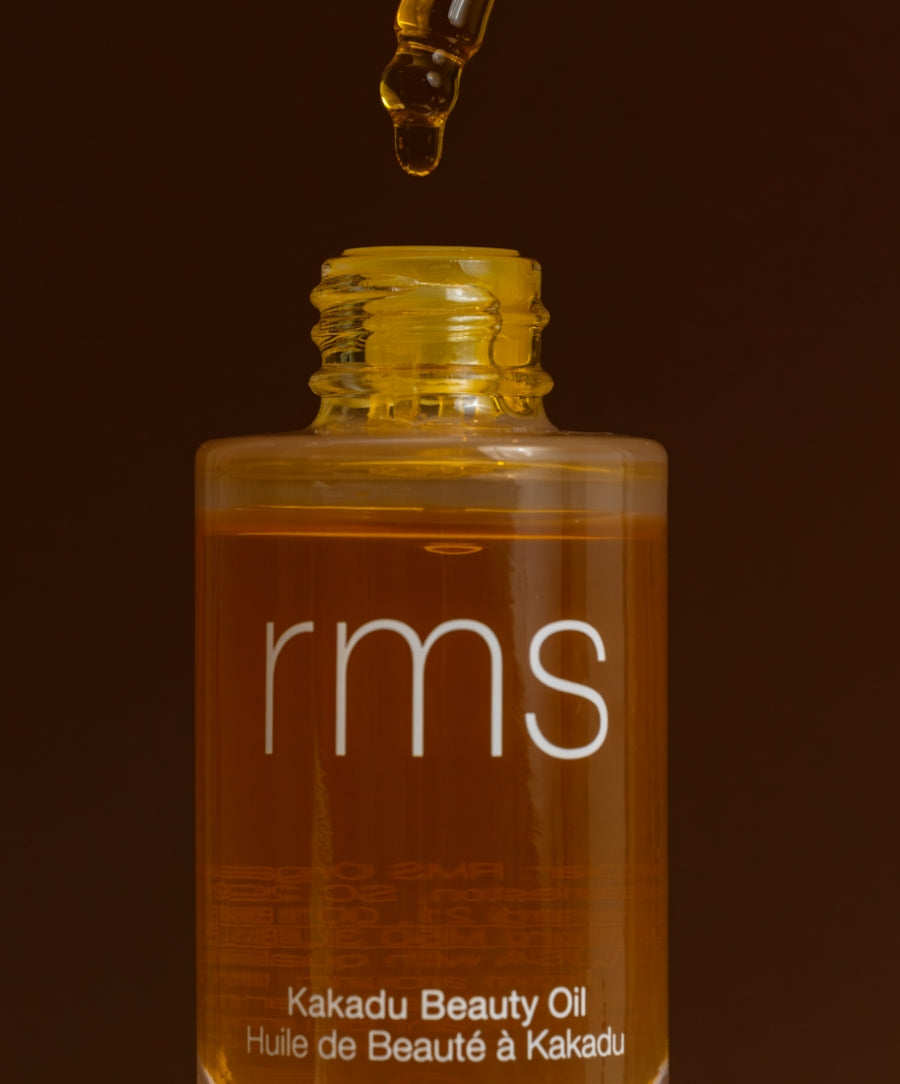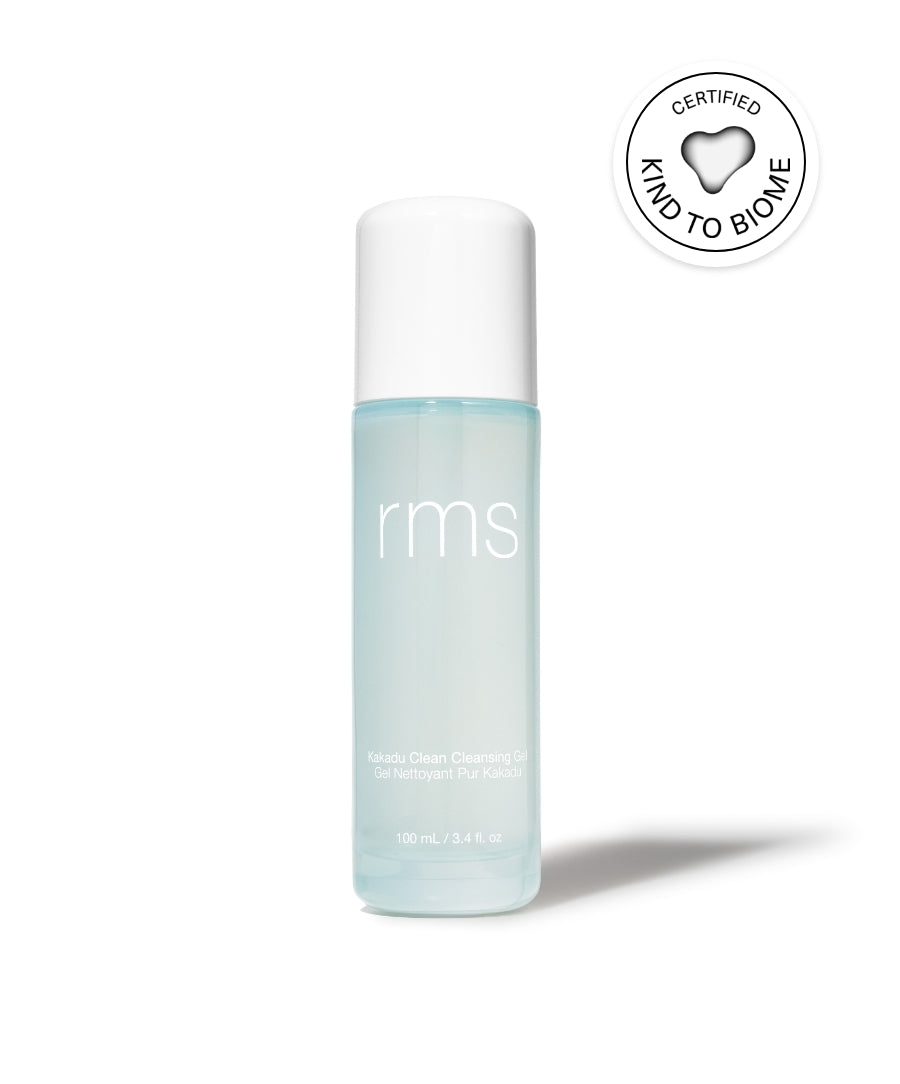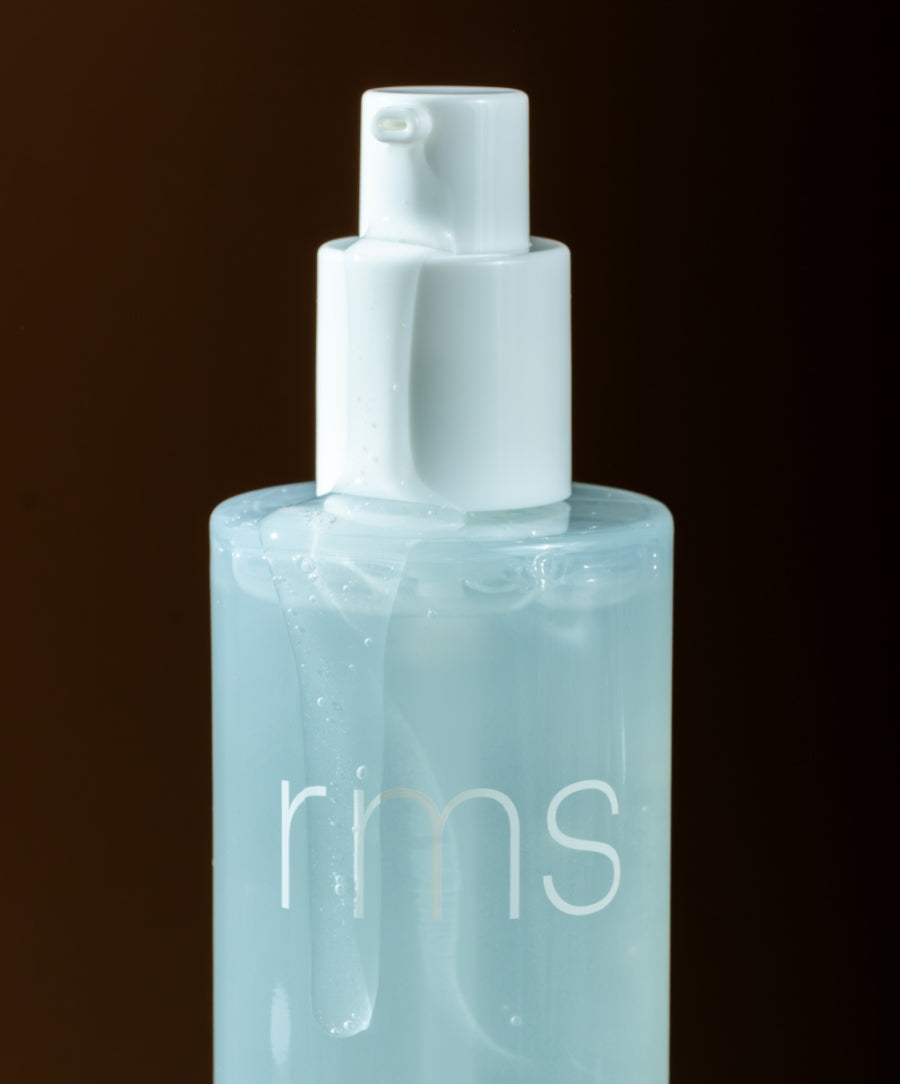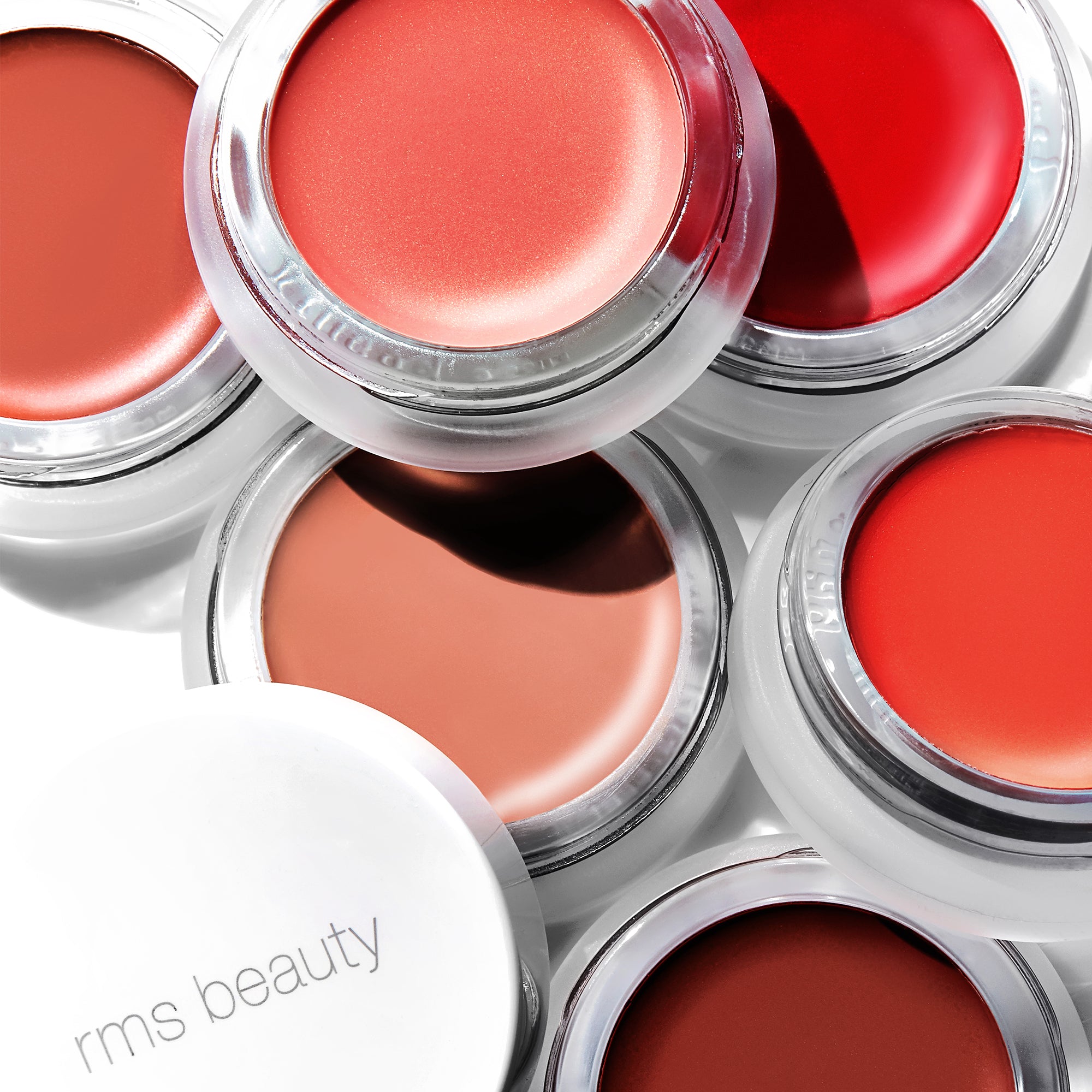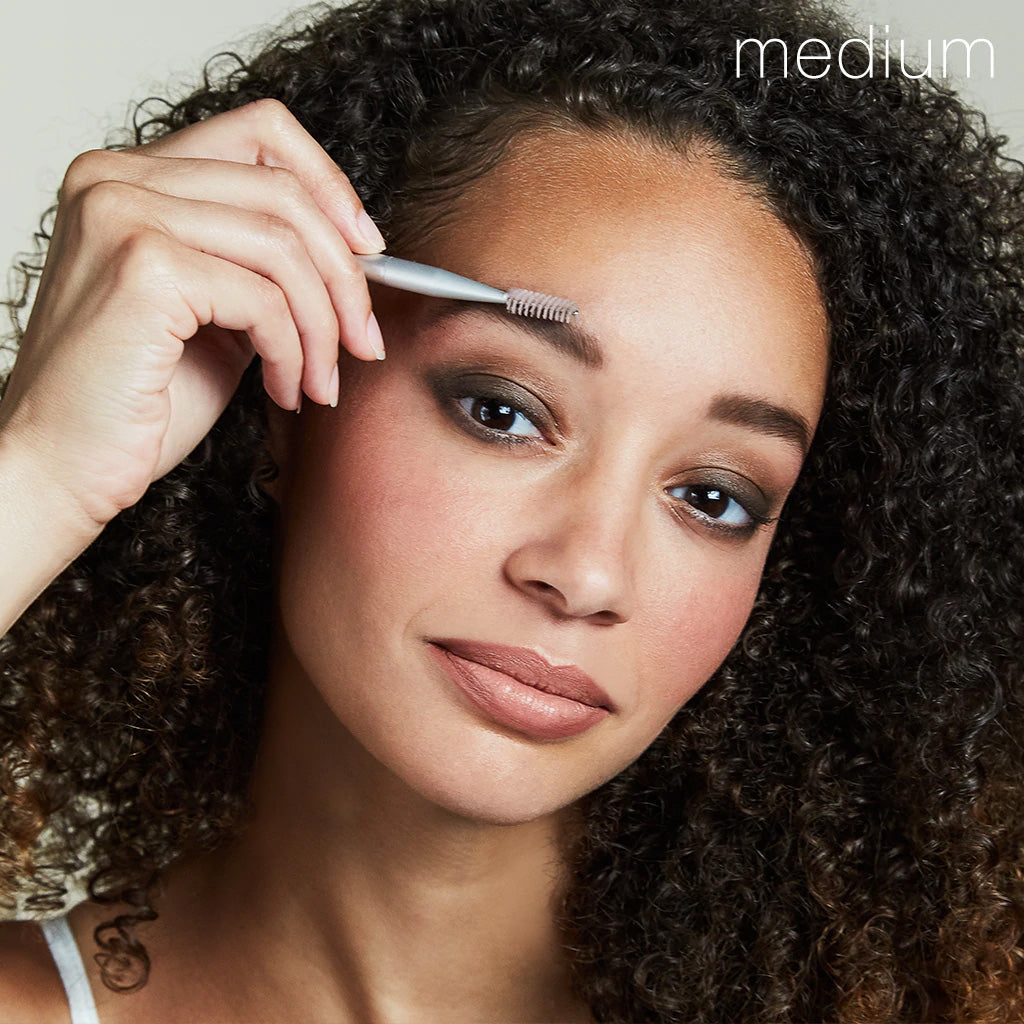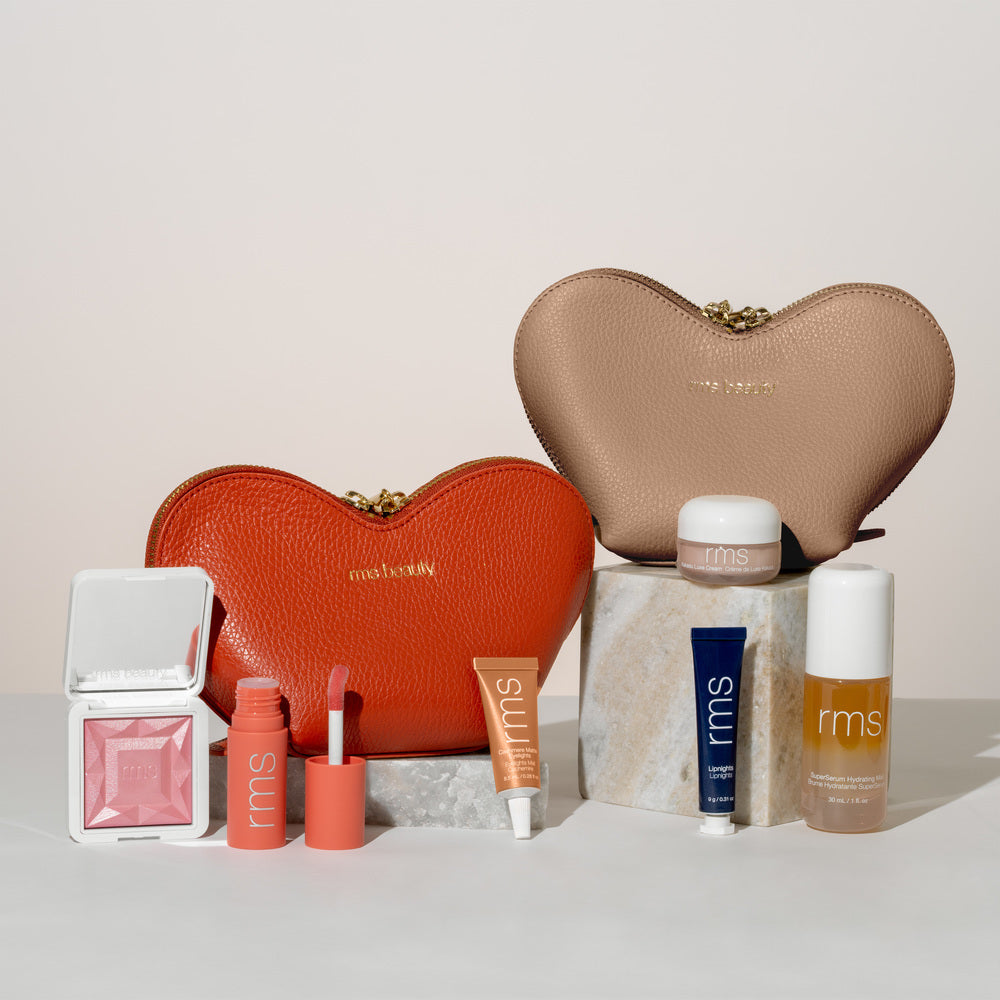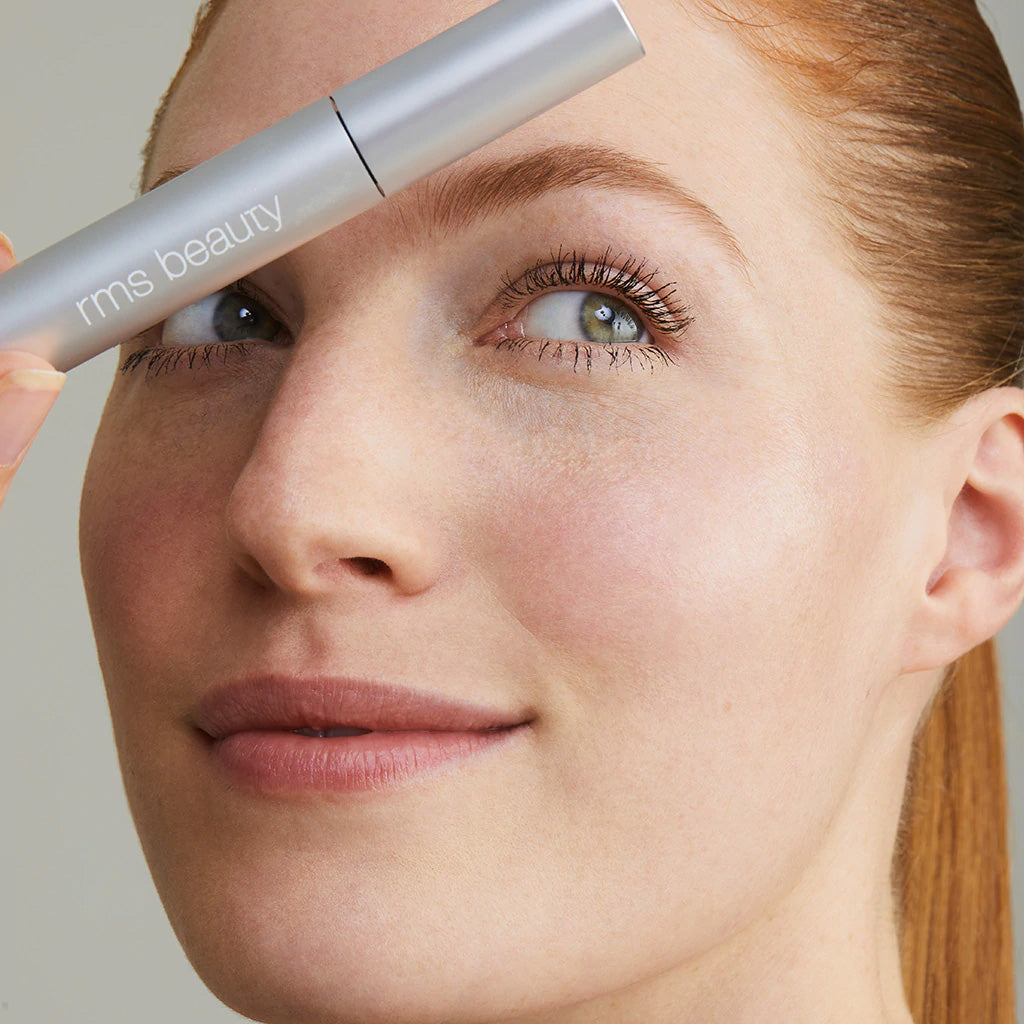Tinted Moisturizer: What It Is, How to Use It, and Why It’s a Game-Changer

A true minimalist already has a tinted moisturizer they love, but if you’re more of an all-or-nothing foundation person, you may not have explored the options available in these lower-coverage formulas.
Tinted moisturizers (and products like them) are designed to make your skin feel hydrated and give you just a bit of coverage all in one fell swoop. Using them can be a lifesaver during hot summer months when you don’t want as much product on your face, or during the winter, layered under your foundation to provide extra moisture.
Let’s talk about tinted moisturizers, how they work, and what other products you can use to hydrate and highlight your skin. Of course, we’ll also talk about why some tinted moisturizers have ingredients that aren’t safe for your skin, and how you can avoid them.
What Is Tinted Moisturizer?
Tinted moisturizers, also sometimes called “skin tints,” are products that do double duty. They provide hydration to your skin and contain a small amount of color to give you a hint of coverage. If you love a bare-faced look but are more comfortable with a little coverage, a tinted moisturizer gives you the best of both worlds.

Tinted Moisturizer vs. Foundation
Any foundation will contain enough pigment to give you at least light coverage. Foundations are designed to cover skin imperfections, add coverage to dark areas of hyperpigmentation, and create a more balanced complexion.
Tinted moisturizers are designed to smooth out rough areas of skin, keep skin hydrated and dewy, and offer just a hint of color correction.
Tinted Moisturizer vs. BB Cream
A BB cream, or “beauty balm” cream is a skincare product that contains light coverage and a few other skin-beneficial ingredients. For instance, most BB creams you find today have added sunscreen, so it’s possible to use a BB cream in place of a moisturizer, foundation, and sunscreen.
The problem with many BB creams is that they contain unsafe ingredients. Because BB creams usually include some type of ingredient to protect you from UVA and UVB rays, they may contain oxybenzone. This ingredient is a known allergen and toxin, and is also a carcinogen with potential reproductive interference. Bottom line, you don’t want it anywhere near your body.
BB creams may offer other skin care ingredients that target specific skin concerns, but this also opens the door to ingredients that aren’t necessarily desirable. Silicones, talcs, mineral oils, and other chemical-based ingredients that can harm your skin and pose a threat to your body can be found regularly in BB creams.
Thankfully, you can get the same kind of skin benefits with a natural, plant-based tinted moisturizer.
Enter: SunCoverup SPF 50 Super Tint
Our new SunCoverup SPF 50 Super Tint is your skincare, sunscreen, and tint in one. This clean, silicone-free, mineral SPF 50 tinted moisturizer features non-nano zinc oxide (12%) for broad-spectrum protection from UVA, UVB, and blue light.
Formulated with GlowPlex™ (a blend of niacinamide + peptides from quinoa and pea), vegetable squalane, and RMS’s proprietary adaptogenic herbal blend, this lightweight, breathable tint delivers buildable coverage while hydrating, smoothing, and brightening the skin.
Available in 13 flexible shades, it blurs imperfections, softens fine lines, and leaves skin looking radiant—never greasy. It’s hypoallergenic, dermatologist-tested, vegan, fragrance-free, and non-comedogenic.
This is your one-step glow-up—perfect for daily wear, summer days, and simplified beauty routines.
Is Tinted Moisturizer High Coverage?
No tinted moisturizer should be high coverage; that would make it more of a foundation and less of a “tint.” While some tinted moisturizers might be buildable, it’s better to add foundation on top of a tinted moisturizer for more coverage.
A tinted moisturizer will contain hydrating, emollient ingredients that make layering it more difficult and can result in an oily complexion.
Should Primer Be Applied Before Tinted Moisturizer?
We always recommend your skin be hydrated before you use a primer. A great way to prep your skin is with our Kakadu Beauty Oil—a microbiome-friendly facial oil packed with Kakadu Plum Seed Oil, Buriti Oil, and adaptogens to visibly brighten and calm the skin.
If you’re using a tinted moisturizer like SunCoverup SPF 50, apply it before your primer. Then follow with our ReEvolve Radiance Locking Primer, which locks in moisture and keeps your makeup fresh all day long.

Is Tinted Moisturizer Better for Dry Skin?
The best thing you can do for dry skin is use products that contain living, nourishing ingredients. Think: shea butter, niacinamide, squalane, and jojoba oil. RMS Beauty products are loaded with these skin-friendly ingredients to hydrate while you wear them.
SunCoverup Super Tint contains several of these hydration heroes, making it ideal for dry, combination, and sensitive skin types.
Is Tinted Moisturizer Safe for All Skin Types?
Yes—as long as it's made with clean, skin-loving ingredients. Traditional oil-free formulas often strip the skin, causing more oil production and breakouts.
Our SunCoverup SPF 50 is non-comedogenic, silicone-free, and formulated with calming, hydrating ingredients that help balance the skin without clogging pores. Ideal for acne-prone, oily, or sensitive skin.
Can I Wear Tinted Moisturizer Every Day?
Absolutely! As long as you're using a clean formula like RMS SunCoverup SPF 50, your skin will thank you. It’s skincare-meets-makeup, and it’s safe for daily use—even in direct sunlight.
Just be sure to remove it at night with a gentle cleanse and follow with hydration. We recommend:
-
Followed by Kakadu Beauty Oil for overnight nourishment
How Do I Use Tinted Moisturizer?
Start With a Clean Face
Use Kakadu Clean Cleansing Gel or Coconut Clean Cleansing Balm to remove impurities and balance the skin without stripping it.
Apply a Lightweight Moisturizer
Use Kakadu Beauty Oil before applying any makeup. It preps and hydrates while visibly smoothing skin.
Apply Tinted Moisturizer
Apply SunCoverup SPF 50 Super Tint using clean fingers, a sponge, or brush. Blend evenly across the face and down the neck.
Pro Tip: DIY Skin Tint
Want custom coverage? Mix a little "Un" Cover-Up Cream Foundation with Kakadu Beauty Oil to create your own sheer tinted moisturizer with extra glow.
Spot Conceal
Follow with Revitalize Hydra Concealer on any areas where you need more coverage—like blemishes, redness, or under eyes.
Add Blush
Finish with a flush of Lip2Cheek:
-
Lost Angel – coral pink with golden undertones
-
Beloved – universally flattering true red
The Bottom Line
Tinted moisturizers are the perfect solution for those days when you want a more natural, breathable finish. They hydrate, even tone, and give skin that dewy, healthy look we all crave.
With SunCoverup SPF 50 Super Tint, you can skip the multi-step process and get skincare, sun protection, and a radiant tint—all in one clean, skin-loving formula.
RMS Beauty is your go-to for clean, effective, multi-tasking makeup that helps you glow—with nothing to hide.
Sources:



